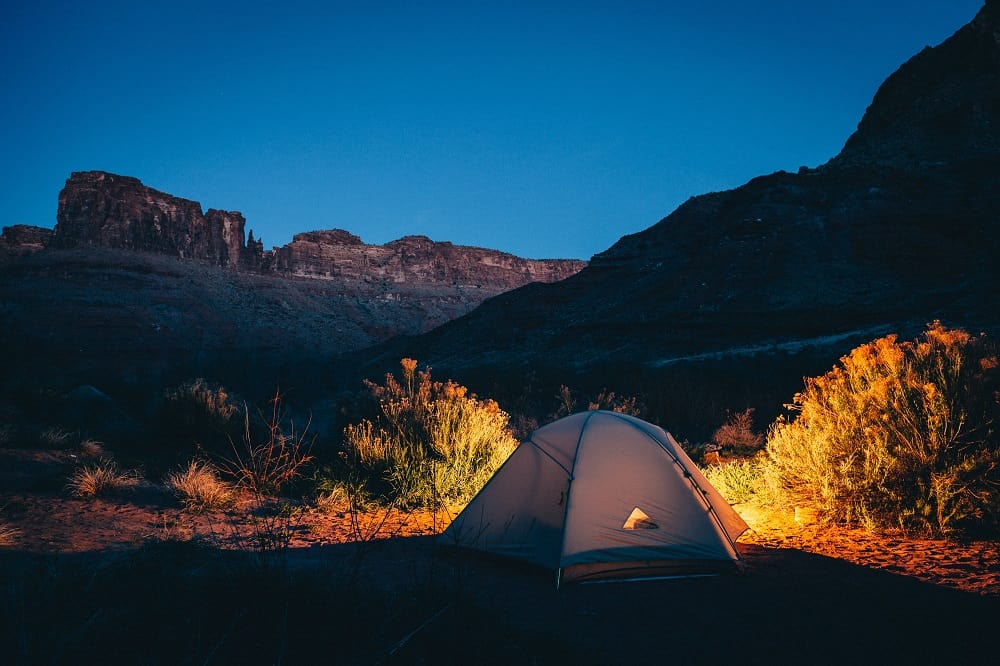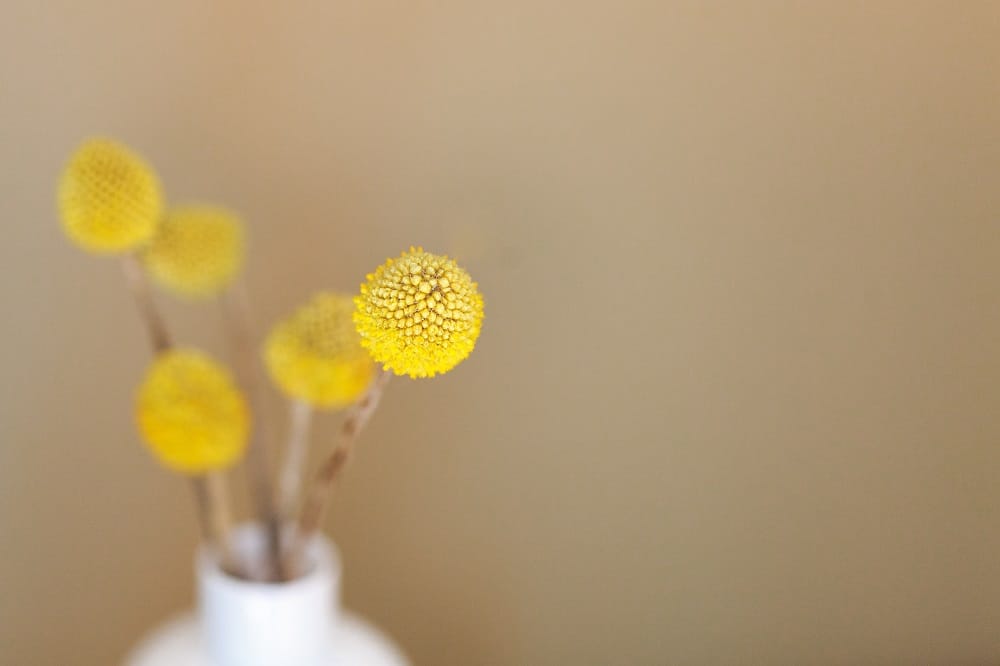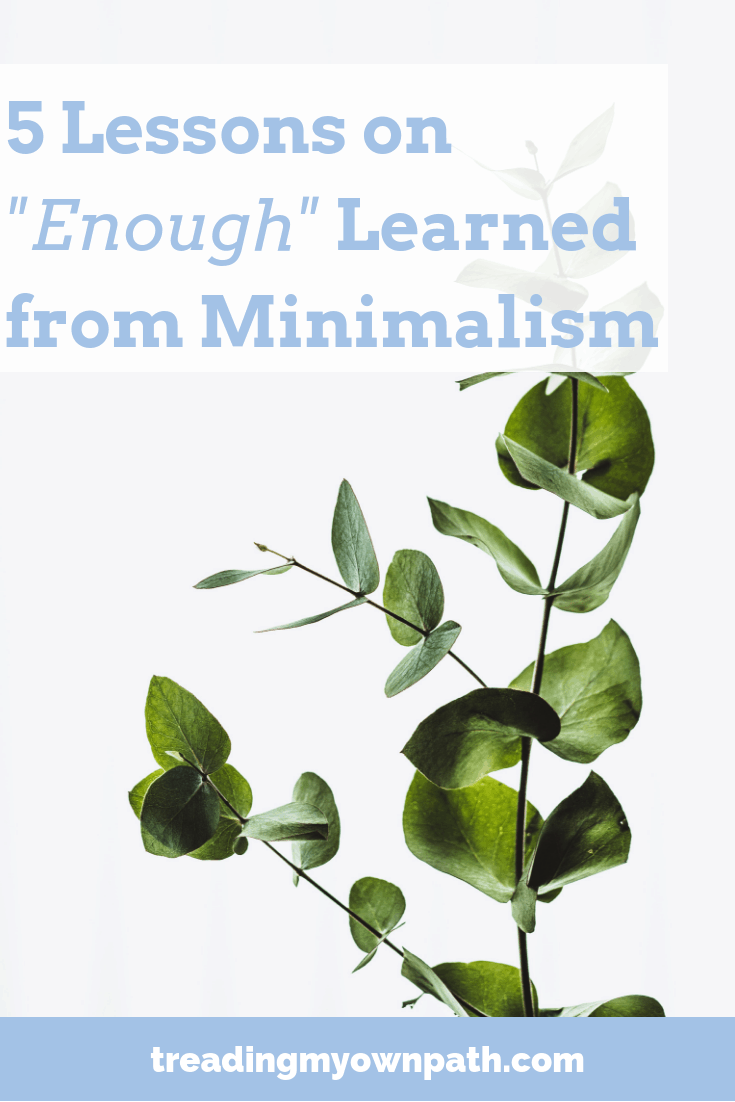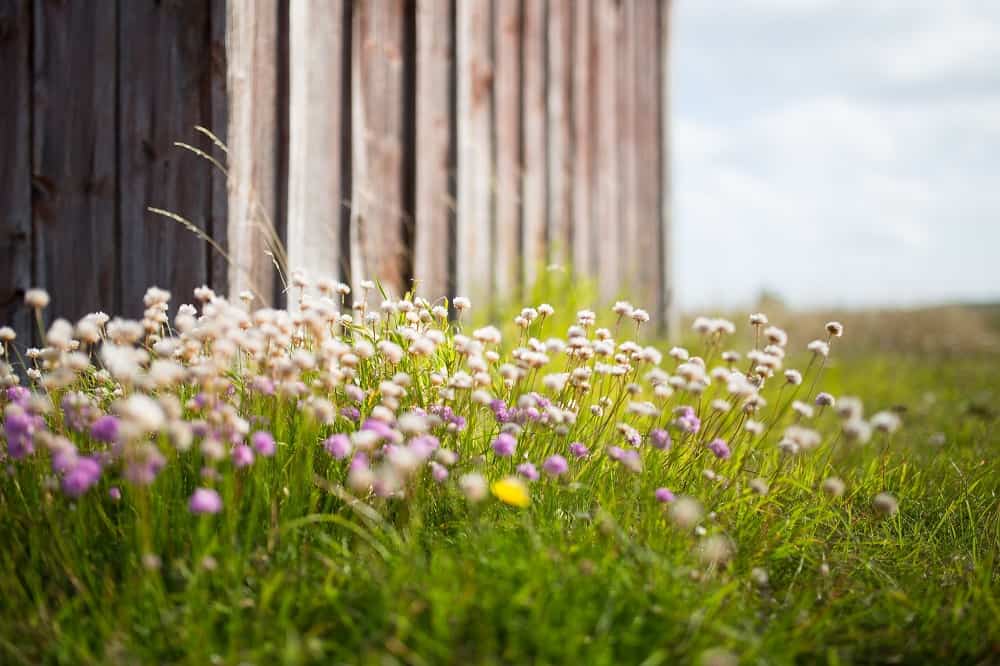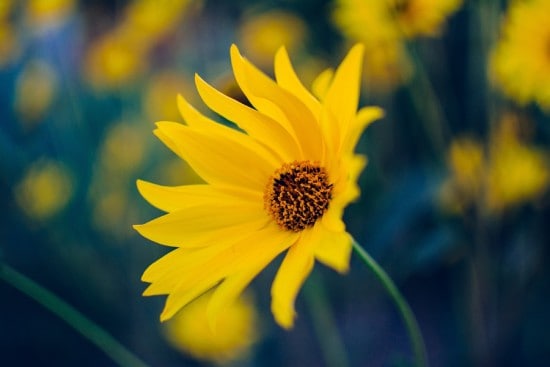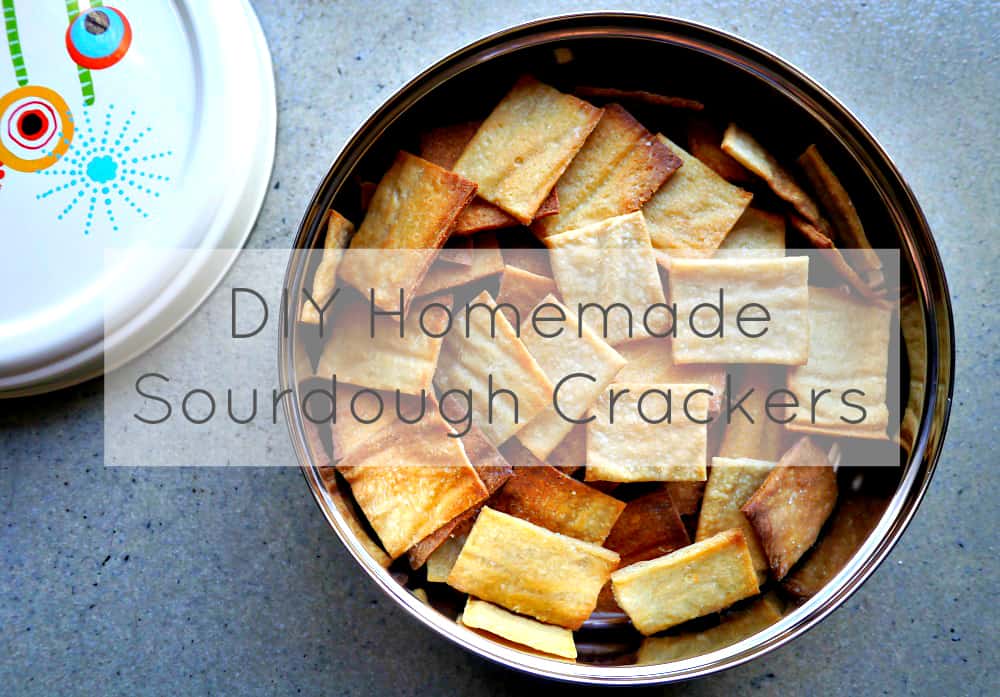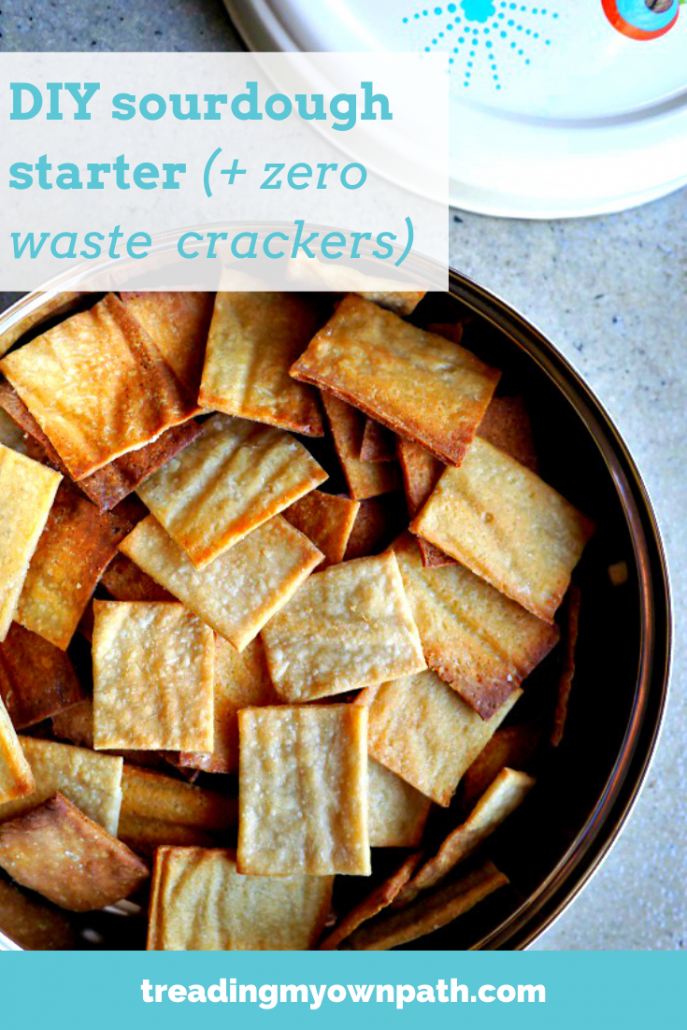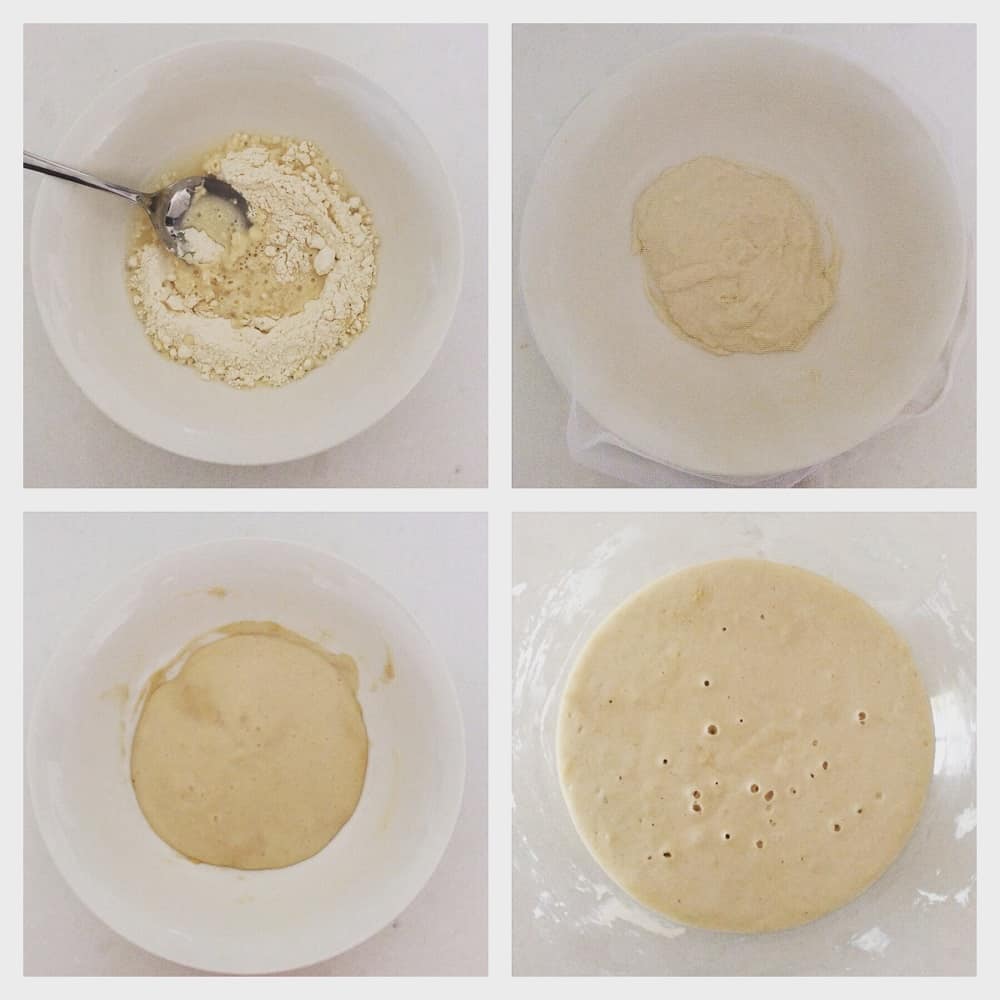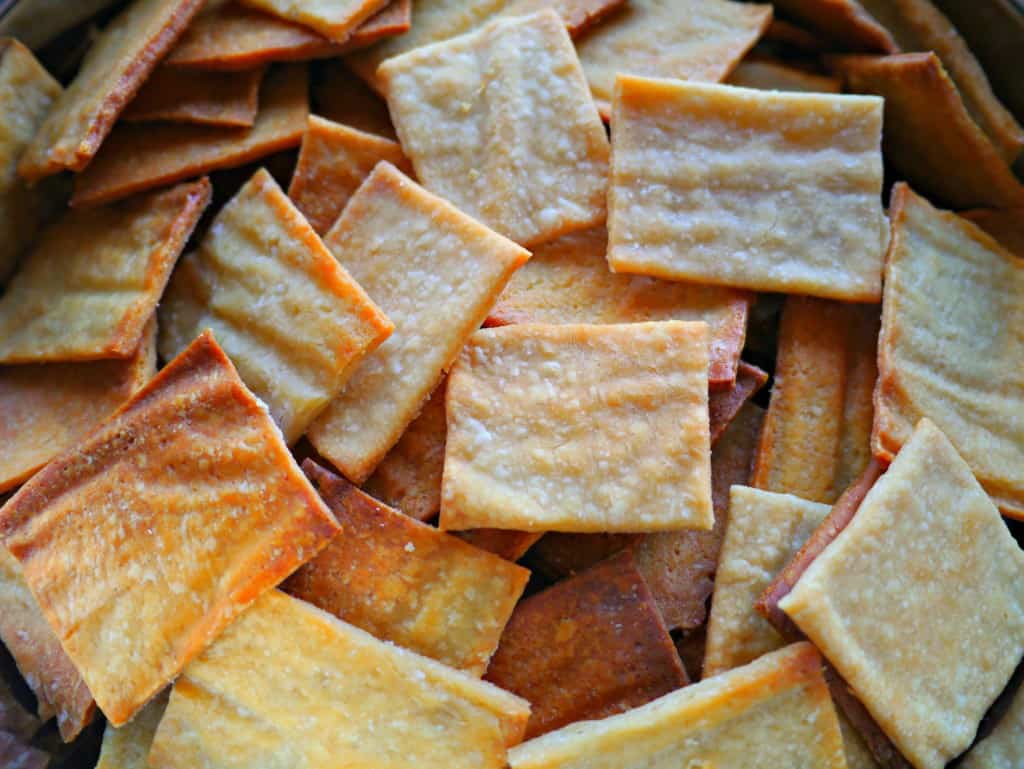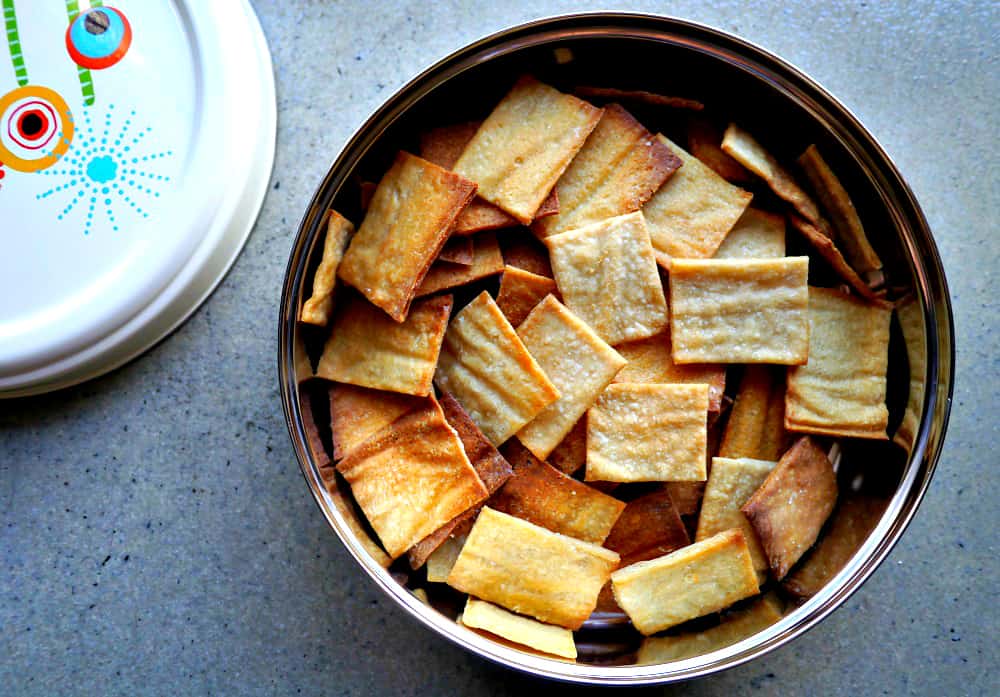A Guide to Zero Waste Camping
Last weekend my husband and I went camping together for the first time (yes, despite being together almost 5 years, this was a first for us). We’d both been camping many times in our past lives, and we both enjoy it. Why it took us 5 years to get around to it together I’m not quite sure, but it did.
I suspect it has something to do with all the “stuff” required. We didn’t want to buy a whole heap of new (new for us, at least) stuff and we had nowhere to store it anyway.
Eventually it was a friend of ours who prompted us into action. She initiated the trip, and came up with a list of all the stuff we’d need (for some reason I’d put the idea of making a list in the “too hard” basket). What we didn’t own (we own a small tent, one sleeping bag and one roll mat – not the stuff that comfortable two-person camping trips are made of) we needed to borrow.
Aside from never camping with my husband before, there was one other big change to the camping of years ago. Back in those days, I wasn’t zero waste. I wasn’t even plastic-free. (I did always bring my recyclables home for recycling, at least.)
How would we manage?
Well, I like a challenge, and I don’t like to admit defeat. The suggestion from my husband that I possibly entertain the idea of bringing a tin of tomatoes on the trip almost ended in divorce (okay, I exaggerate, but there was heated discussion from both sides).
I’m pleased to say, despite the doubt, that zero waste camping is not nearly as hard as you might think. We had a great time, with only one mishap (which I’ll tell you about at the end). I suspect this will be the first of many trips!
What I Learned from our Zero Waste Camping Trip
Before I start, I want to point out that this was a regular camping trip, and we had a car for transport. We were in a National Park with no facilities, so we did have to bring all of our own food and water. We weren’t backpacking, however, and we didn’t have to carry anything very far.
What you don’t have, you can borrow.
There was a lot of equipment that we didn’t own, and I wasn’t sure how easy it would be to borrow. In the end, we had far more offers than we needed. Our friends and family were more than willing to lend us their gear.
I wonder if it’s because people who go camping really love camping, and want others to experience that same enjoyment; or whether it’s because camping equipment doesn’t get used terribly often and people like to maximize the value by letting others use it too.
Either way, it saved us having to source a heap of things we might have only used once. Now we know we’ll go again, we will probably invest in a couple of things – a second sleeping bag would be good!
We’re also clear on what things weren’t useful and would be a waste to purchase.
You need to be (slightly more) organized.
Camping always tests organization skills, particularly when you have to supply all of your food and water. Zero waste definitely adds another element to that, because there is no easy solution to add packets of “convenience foods” as reserve.
That doesn’t mean to say it’s complicated. In fact, all it took was a little bit of meal planning. Thinking about the kinds of foods that were easy to cook in a pan on a stove (pasta, rice, couscous) and what could accompany them (vegetables and condiments). Thinking about what could be eaten without cooking (crackers, fruit, avocado). And of course, thinking about zero waste snacks (nuts, chocolate).
Rather than the tin of tomatoes, I made a jar of pesto to take with us and we used that to make pasta sauce. Crisis (and waste) averted!
You will eat real food (which is far more satisfying anyway, and much better for you)
I’m referring to the point above. The trouble with bringing all that pre-packaged processed food for emergencies is that “I-can’t-actually-be-bothered-to turn-on-the-stove” becomes the emergency, and all the packets of goodness-knows-what are opened in lieu of eating proper actual food. Zero waste camping eliminates this.
Because there is more planning, there is actual food to eat, and even extra actual food for emergencies. Ultimately this means better meals and infinitely better nourishment – which makes the whole trip far more enjoyable. It’s not like we’re too busy doing other stuff to cook anyway – we’re in a forest in the middle of nowhere!
You will pack (a little) more stuff
That’s always the trade-off with zero waste versus minimalism: you need (slightly more) stuff. No disposable anything meant more containers. Because everything needed to be sealed and airtight, this meant tins, glass jars and Pyrex, which is far more bulky than disposable plastic packaging.
Still, we had a car, we didn’t have to carry anything and it created no waste, so it was worth it.
You’ll be bringing everything home with you
Everything we took with us, except the food we actually ate, came home with us. When we were packing the car it was a bit of a mission to get everything to fit, and we were thinking at least there will be less on the way home – but actually, there wasn’t much difference. Containers don’t collapse or reduce in size when they are empty like packets do.
Actually, this doesn’t matter at all – how many times did I opt for the single-use convenience option in the past, I wonder? It’s ironic that heading out to spend time in nature is often accompanied by unsustainable and environmentally damaging choices.
I’m glad that I make better choices now. The only rubbish we generated was food waste, which we collected and composted at home.
There were plenty of other highlights, of course. Spending time in nature, the fresh air, the exercise and the mindfulness of it all. Discovering that my husband and I are completely compatible at camping – hurrah (tinned tomatoes aside)! Realising that 5 years is way to long (we’ve already planned two more trips).
The mishap that I referred to earlier? The last afternoon, it began to rain… and it didn’t stop until we left. It didn’t spoil our day – there was a camp kitchen area with shelter, so we used that. The tent roof didn’t let a drop of water in (which was a relief since it’s been unused for so long).
In fact, on the final morning when we woke up, my husband and I were marvelling at our tent’s ability to stay dry, when my husband put his hand on the tent floor – to discover that there was a flood directly underneath the tent. We were sitting in 2 inches of water, separated only by a thin layer of tent, and anything in contact with the floor was wet (luckily, our roll mats protected us)!
Needless to say we were up, packed and heading back home remarkably quickly that morning (and thankful that we had remained dry and warm throughout)! Ah, the joys of camping ; )
Now I’d love to hear from you! Do you go camping, and if so, what are your essentials? What have you learned to do without? How do you try to minimize your waste when you take trips? Does the idea of zero waste camping seem like too much of a struggle? Does the thought of all the equipment and organization required put you off? Or are you a pro at packing – in which case, do you have any tips to share? What’s your best camping mishap story?! Please tell me your thoughts (and stories) in the comments below!
[leadpages_leadbox leadbox_id=1429a0746639c5] [/leadpages_leadbox]

